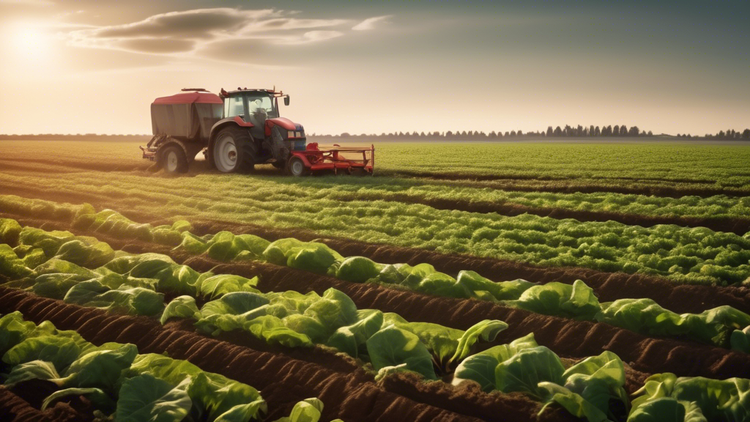Regenerative Agriculture: A Path to Enhanced Food Security and Sustainability

Enhancing Food Security Through Regenerative Agriculture
Regenerative agriculture is rapidly gaining recognition as an essential approach to enhancing food security, particularly in the face of climate change and a growing global population. This approach emphasizes the importance of soil health and biodiversity, advocating for practices such as reduced tillage, cover cropping, and managed grazing. By adopting these techniques, farmers can significantly reduce or even eliminate the need for chemical pesticides and fertilizers, yielding a more sustainable food production system.
One of the primary benefits of regenerative agriculture is its potential to increase crop resilience and yields. Healthier soil contributes to better water retention and supports microbial life, which plays a critical role in breaking down contaminants. This not only reduces the dependency on chemical interventions but also enhances the natural defense mechanisms of plants, making them more robust against pests and diseases. As a result, regenerative practices can help secure food supplies, ensuring stability and availability of nutritious produce.
Countering Pesticide Damage with Sustainable Practices
The detrimental effects of pesticide use are well-documented, with links to various health issues including cancer, asthma, and neurological disorders. Exposure to pesticides during pregnancy has also been associated with birth defects and other complications. As conventional farming continues to rely heavily on these chemicals, the push for regenerative agriculture offers a promising alternative.
Regenerative agriculture not only minimizes the use of harmful pesticides but also promotes biodiversity. By incorporating diverse crop rotations and attracting beneficial insects, this approach naturally regulates pest populations. This shift away from chemical dependency safeguards both environmental and human health. The benefits further extend to the reduction of environmental pollution, with decreased instances of water contamination and biodiversity loss commonly seen in conventional farming.
A Holistic Approach for a Sustainable Future
Supporting regenerative agriculture requires commitment from all stakeholders, including policymakers, farmers, and consumers. Policymakers can play a crucial role by incentivizing farmers to adopt these sustainable practices and promoting transparency in food production. Consumers, on the other hand, can support this transition by choosing organic products and becoming more aware of the origins of their food.
The long-term advantages of regenerative agriculture are manifold. Healthier, more nutritious food, devoid of harmful pesticide residues, contributes to better overall public health. Additionally, nurturing soil health supports pollinators like bees and butterflies, maintaining ecosystem balance. Moreover, regenerative practices help in climate change mitigation by sequestering carbon in the soil and reducing greenhouse gas emissions. These practices also improve crop resilience to extreme weather events, providing a robust defense against the inevitable challenges posed by a changing climate.
Here's a thought to consider
Transitioning to regenerative agricultural practices represents a holistic approach to creating a sustainable food system that not only ensures food security but also protects our health and the environment. The adoption of these practices is crucial for a healthier future for both humans and the planet.
Looking for updates? Sign up to our newsletter for weekly snippets.





